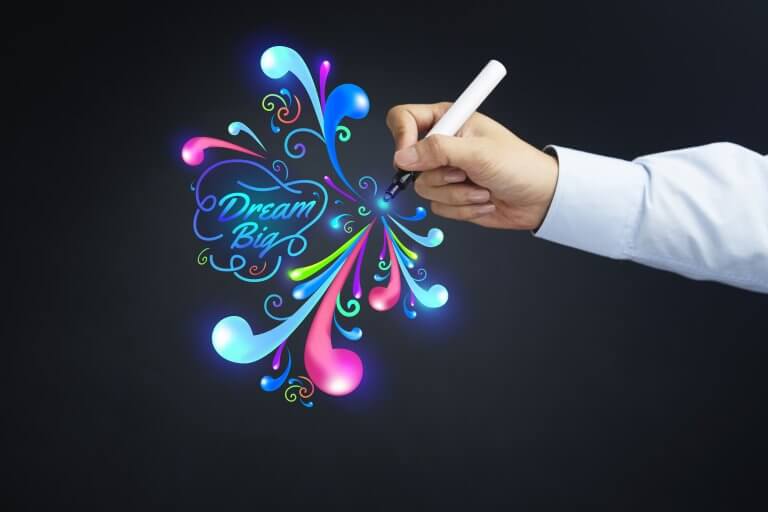As we turn in another mega-busy season, mastering the art of juggling is how we have to work to make sure the balls aren’t dropped on our gamification designs and projects for clients. I think the sheer variety of tasks at any given time makes gamification interesting and also not for the faint hearted. In a way a good gamification designer needs to have the skills of a user experience researcher, graphics artist, game designer, occupational and motivation psychologist, business consultant, developer and project manager. In large organisation, these roles may well be split out, but in a small organisation that is only a luxury on big budget projects.
Finding people with this skillset is not easy and equally I would expect them to have all, but to at least be able to brief people such as graphic designers and developers to make sure we reach a good outcome. User experience research, gamification design and an understanding of motivational psychology and business are must have skills in my opinion. Willingness to learn and deep dive into any of these areas also mark high on my appreciation list. In a small organisation, we often have to learn fast and dive deep into unknown territory, which in my view makes work existing and interesting. But it isn’t for everyone, some people work better in bigger teams where the load is shared out.
Juggling between the various roles and skillsets is what I have been used to since setting up my business. Making sure we don’t drop balls is key. I like to put in place work processes, so we know and the client knows what comes next. Briefing all the relevant parties that need to deliver on a project is what I see as the hardest element, because you don’t always know whether someone has really understood until you see what they create. Working with platforms and briefing your design and how you would like to see it work on their system has proven to be a minefield at times and smooth at others, so choose wisely. Needless to say if they make the job harder, they will not be selected again out of our free will.
Managing expectations is equally a juggle in it’s own right. What the client wants and what is possible especially when they are still learning about new technology can cause interesting conversations. The biggest thing we have to always manage is time frames and budgets. We often face people looking for a Ferrari on a bicycle budget, they may achieve a fancy bike at that, but nothing close to an elite sports car. Time tends to be the negotiable that when it is facing the supplier has to be kept tight, but when it faces the client themselves tends to be not so tight. When we are questioned on it, we tend to have to refer back to decision making cycles, where we required things back to keep moving or items were rejected and needed re-working. Either way, setting expectations early on and reigning in slipping from the start is key.
I work with written lists, project management tools like Trello and Zoho project which is nicely linked to the Zoho CRM. I gamify my work blocks, by setting mini-rewards and have my little moments of peace where no interruption is welcome to stay on track. I would love to know how you manage your juggling skills in gamification design work.



